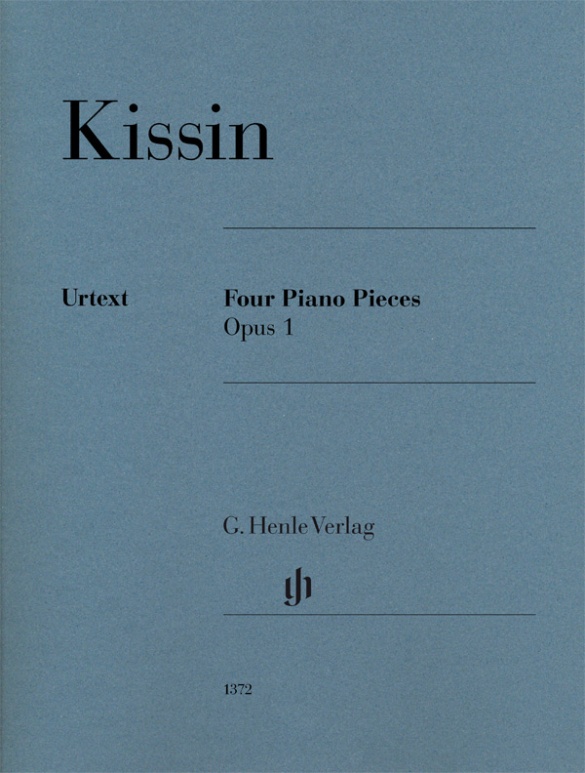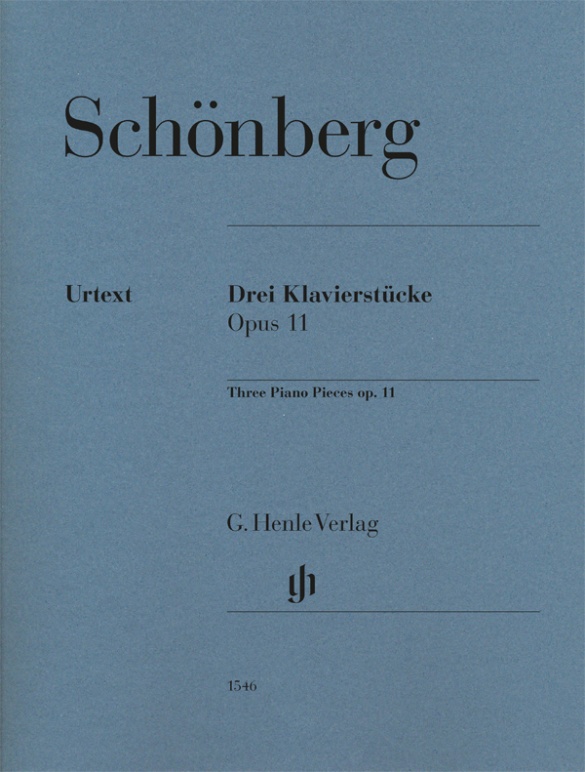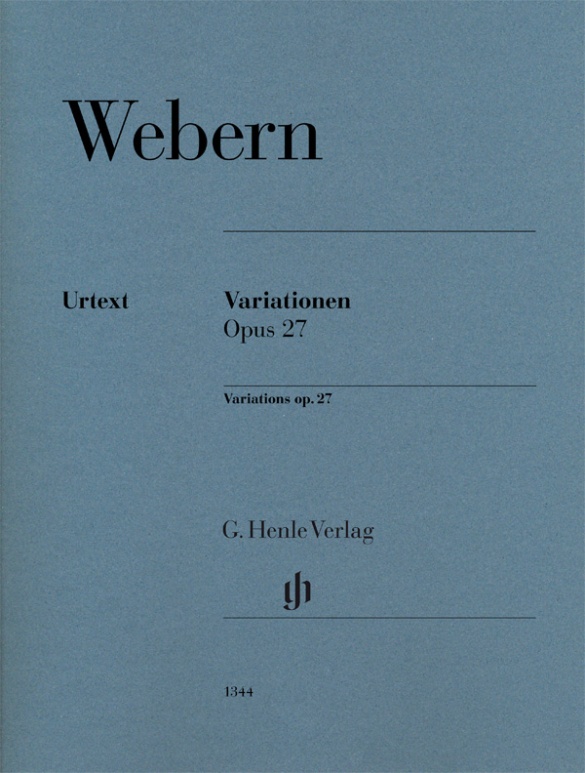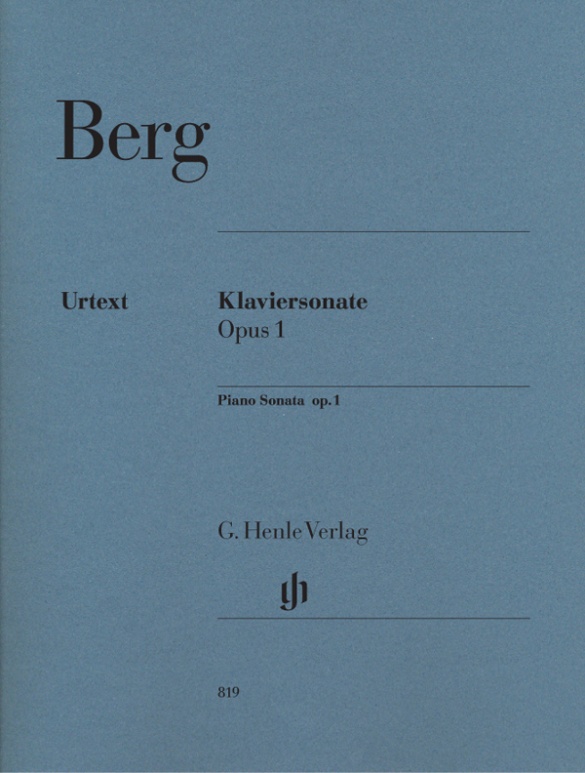

Alban Berg
Piano Sonata op. 1
Berg’s pupil Adorno once said, “Whoever is seriously trying to comprehend Berg’s music should closely apply themselves to the eleven-page piano sonata”. It is tempting to enlarge upon this statement: Whoever is trying to get to grips with New Music will not be able to avoid Berg’s opus 1. It is one of the most frequently played sonatas amongst the Second Viennese School piano compositions. With this publication Henle is introducing Urtext editions to classical modernism. Once again, pianists will find flawless engraving, an absolutely reliable musical text and a commentary based on the sources. This edition is worldwide available.
Content/Details
About the Composer
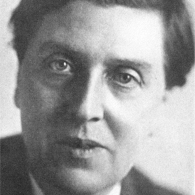
Alban Berg
Together with his teacher Schönberg and with Webern, he belongs to the Second Viennese School, which defined musical advancement through atonality and the twelve-tone technique. His modest oeuvre is explained not only by his early death, but also by his high aesthetic standard. His two operas Wozzeck and Lulu shaped twentieth-century music theatre. He also wrote essays on analytical and aesthetic matters.
Product Safety Informations (GPSR)

G. Henle Verlag
Here you can find the information about the manufacturer of the product.G. Henle Verlag e.K.
Forstenrieder Allee 122
81476 München
Germany
info@henle.de
www.henle.com
Die nun vorliegende und von Ulrich Scheideler verantwortete Ausgabe erfreut … durch große Übersichtlichkeit (ein Kompliment den Notensetzern) und weiß die Abweichungen von der Hauptquelle in einem ausführlichen kritischen Bericht gut zu begründen.
Piano News, 2007Het is de enorme verdienste van Henle om deze verdichte partituur toch overzichtelijk uit te geven. De opzet is ruimtelijk en er is gelukkig afgezien van vingerzetting, wat de leesbaarheid extra ten goede komt. Er is eigenlijk maar één geschikt woord om compositie en uitgave recht te doen juweel.
Pianowereld, 2007The edition of the Berg is exemplary: detailed notes on the various editions made in Berg’s lifetime, great precision in the layout and no fingering!
Piano Professional, 2009recommendations
autogenerated_cross_selling
Further editions of this title
Further editions of this title


